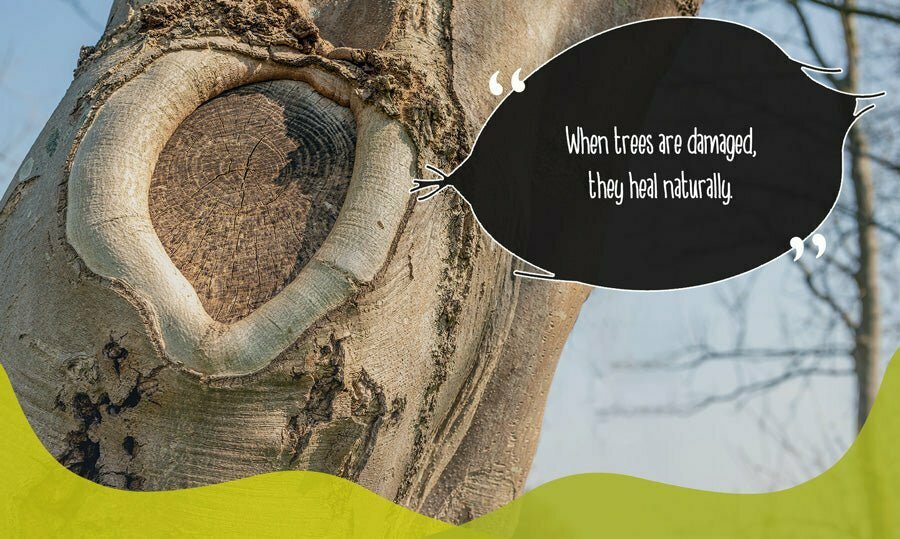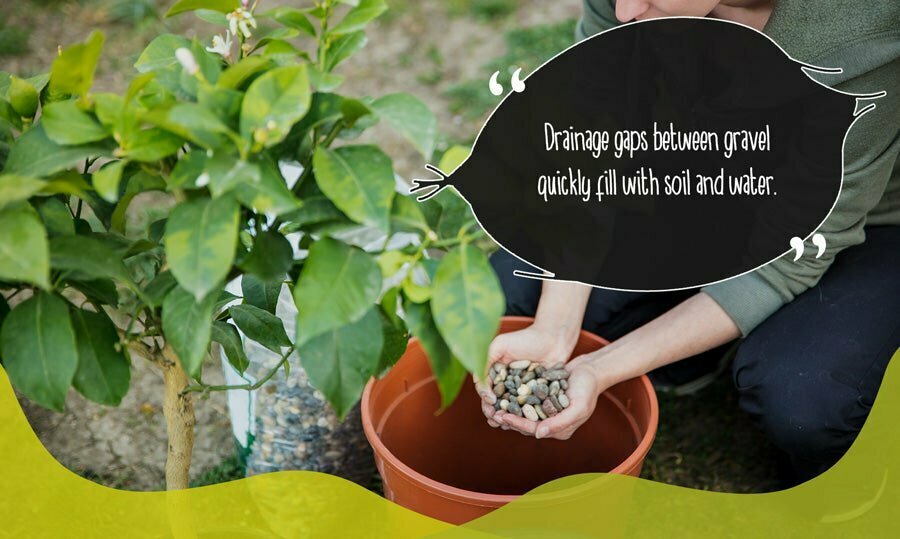Ten gardening myths
Gardening is one of those pastimes where hearsay and lore can persist in popular conversation, and even between generations.
Below are some common misconceptions, which may confuse both new and experienced gardeners.
Water plants daily
Regular, light watering does not promote healthy root growth. With a steady topsoil supply, roots remain shallow and weak.
Watering in greater volume a couple times each week encourages roots to grow deep and strong. With stronger roots, plants absorb moisture better in times of drought.
Treat tree wounds with tar or varnish
When trees are accidentally damaged or pruned, they heal naturally. A callous of new wood and bark forms over the wound and internal processes protect from decay.
Wound dressings are unnecessary on nearly all trees. They prevent the formation of natural callouses and often seal moisture into the wound, accelerating rot and decay.

Digging improves soil structure
Digging has long been said to aerate soil, remove weeds and introduce nutrients to roots. Though weed roots are removed, tilling can bring dormant seeds to the surface where they then germinate.
Those against believe digging is less environmentally friendly as it damages soil structure. This creates dusty soil susceptible to erosion.
Burying organic matter deeper into soil can also disrupt nutrient supply.
The proposed alternative is to layer compost or mulch on topsoil to provide organisms with a reliable nutrient supply. This naturally improves aeration and drainage, and retains soil structure.
Layering also provides insulation, which helps to reduce water demand and temperature variation, while also supressing weed growth.
Crushed eggshells repel slugs
These were thought to be too sharp for slugs to cross, creating a physical barrier that protects plants. However, slugs are unfazed by eggshells. This also applies to some other ‘natural’ slug repellents like coffee grounds and baking soda.
Aromatic herbs such as fennel or anise do seem to discourage slugs. A more effective method is to make your garden hospitable to natural predators, like hedgehogs.
Baking soda is a good fertiliser
Many ‘natural fertiliser’ recipes mix bicarbonate of soda, ammonia, and Epsom salts. The most useful element is the nitrogen present in ammonia. The other ingredients provide compounds needed in small amounts, which can be easily attained from air, water, and soil.
Ensuring a balanced supply of water, well aerated soil and nitrogen-rich organic matter better supports healthy plant growth.

Watering in strong sunlight burns plants
Water droplets left on leaves will not refract sunlight like a magnifying glass and burn leaves. The issue with watering in harsh sunlight is that much of the water will be wasted through evaporation.
It’s best to water in the morning, so plants can store water for the hot hours and topsoil can dry out. Watering in the evening can leave soil moist overnight, encouraging fungus and rot and attracting pests like slugs and snails.
Saplings should be staked
As free-standing stems are buffeted while young, they develop their own resistance to environmental stresses.
The natural strengthening process involves the release of ethylene gas. This, in turn, promotes the release of lignin within the sapling’s trunk.
Lignin bonds to wood to make it stronger, creating more resilient trees.
Sugar in soil makes tomatoes sweeter
Soil additives will not make tomatoes sweeter. Plants produce sugar through photosynthesis. Adding it to soil will likely only increase the presence of pests.
Tomato sweetness (or flavour overall) depends on environmental factors such as light and climate, but mostly genetics.

Clay pots are better than plastic
It has been assumed that chemicals leach from plastic pots into plants. Despite widespread use, there’s no evidence of negative effects on plant health. However, alternatives to plastic are now sought for other environmental reasons.
Gravel in the bottom of pots improves drainage
Existing drainage gaps quickly fill with soil and water. This increases the chances of root rot.
If waterlogging is a concern, adding a few larger stones or a medium to improve aeration, like coco fibre or perlite, will aid roots. Gravel also takes up space within the pot that healthy roots could have grown into.
Each to their own
Perhaps the greatest gardening myth is that there is a right or wrong way to garden. So long as you avoid practices that actively harm plants, what and how you choose to plant depends on personal preference. Have fun experimenting; find out what works in your garden.
For more information on alternatives to gardening conventions, check out our blog archive. Our extensive gardening knowledge base contains a range of choice perspectives, such as why we should use peat-free compost and how to use non-traditional growing mediums.










